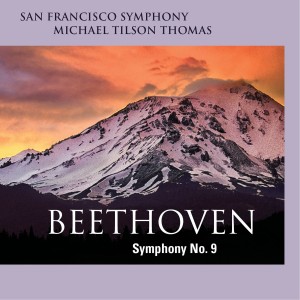 April is turning into a very musical month. First, tonight is your last chance to hear a marvelous San Francisco Symphony program including Handel’s Ode for St. Cecilia’s Day and two Mozart works: Ave verum corpus and the Symphony No. 39. Bernard Labadie conducts and the soloists are soprano Cyndia Sieden and tenor Nicholas Phan. Tickets are still available online and at the box office.
April is turning into a very musical month. First, tonight is your last chance to hear a marvelous San Francisco Symphony program including Handel’s Ode for St. Cecilia’s Day and two Mozart works: Ave verum corpus and the Symphony No. 39. Bernard Labadie conducts and the soloists are soprano Cyndia Sieden and tenor Nicholas Phan. Tickets are still available online and at the box office.
Many members of the orchestra have solos in the Handel, including an amazing cello solo by Peter Wyrick. Maestro Labadie has the Symphony really playing like a baroque band in the Handel. The stylistic flexibility of the orchestra musicians continues to amaze.
Tuesday is a special landmark for me. That’s the day the San Francisco Symphony releases the first recording I’ve made with the Chorus: Beethoven’s Symphony No. 9, conducted by Michael Tilson Thomas. The soloists are Erin Wall, soprano; Kendall Gladen, mezzo-soprano; William Burden, tenor; and Nathan Berg, bass. This is a hybrid SACD that plays on all CD players; it’s also available via downloads. Having just listened to an archive recording of one of the live concerts, I suspect this will be an excellent recording.
The Symphony has posted a video trailer online at YouTube. You can see me briefly at 2:41, in the third row back in the chorus, the first tenor to the right of the altos. That’s my usual spot in the chorus; I love being a “border person” and hearing the other parts.
The next day, Musikmesse begins in Frankfurt. I’ll have some very full days of meetings there with many different members of the MusicXML community: commercial developers of mobile and desktop sheet music products, publishers tracking the latest in digital sheet music technology, and university researchers. MusicXML is at the center of much of the most exciting work in digital sheet music and Musikmesse is a great place to catch up with everyone.
This year we will also be having a MusicXML workshop and community meeting. Hosted by Scorio, the workshop will be held on Friday, April 12 from 11:00 am to 1:00 pm in the Musikbiz Workshop room, accessible from Hall 5.1. The MusicXML community meeting we had at NAMM in January went very well, and with the greater number of notation developers in Europe we might have even more people attending at Musikmesse. This should be a great week of music technology, following a wonderful weekend of music making.

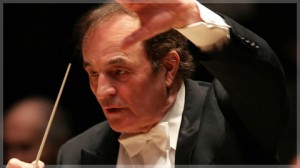 We have a great program coming up with the San Francisco Symphony Chorus! Maestro Charles Dutoit will be conducting two wonderful French choral works: Poulenc’s Stabat Mater and Berlioz’s Te Deum. Erin Wall is the soprano soloist in the Poulenc and Paul Groves is the tenor soloist in the Berlioz. The Pacific Boychoir directed by Kevin Fox and organist Jonathan Dimmock also join in on the Berlioz. Performances are Wednesday through Sunday except for Friday – February 6, 7, 9, and
We have a great program coming up with the San Francisco Symphony Chorus! Maestro Charles Dutoit will be conducting two wonderful French choral works: Poulenc’s Stabat Mater and Berlioz’s Te Deum. Erin Wall is the soprano soloist in the Poulenc and Paul Groves is the tenor soloist in the Berlioz. The Pacific Boychoir directed by Kevin Fox and organist Jonathan Dimmock also join in on the Berlioz. Performances are Wednesday through Sunday except for Friday – February 6, 7, 9, and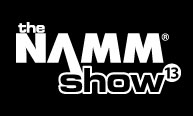

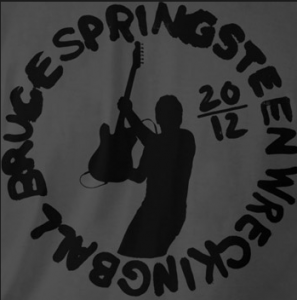 Thirty-four years ago, I went to see my first Bruce Springsteen show – December 30, 1978 at Cobo Arena in Detroit, way up in the nosebleed seats. At this point I had a couple of his albums, Born to Run and Darkness on the Edge of Town, but I was a casual fan. Well, I lucked into seeing Bruce on one of the most legendary rock tours of all time. I was an instant convert! That date remains the best rock concert I’ve even been to, the one that moved and inspired me the most deeply.
Thirty-four years ago, I went to see my first Bruce Springsteen show – December 30, 1978 at Cobo Arena in Detroit, way up in the nosebleed seats. At this point I had a couple of his albums, Born to Run and Darkness on the Edge of Town, but I was a casual fan. Well, I lucked into seeing Bruce on one of the most legendary rock tours of all time. I was an instant convert! That date remains the best rock concert I’ve even been to, the one that moved and inspired me the most deeply.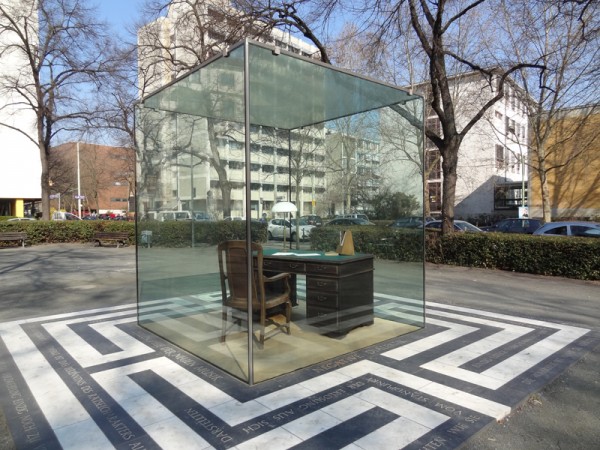
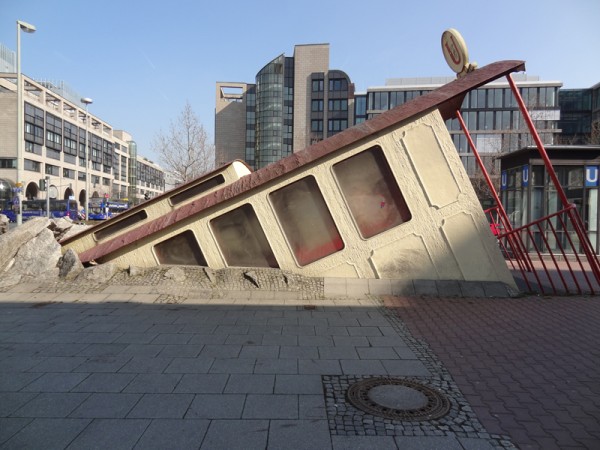
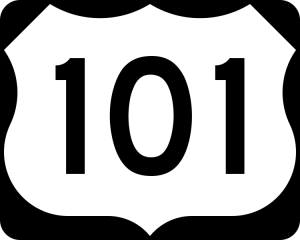 After a restful summer with no gigs, I’m looking forward to our first San Francisco Symphony Chorus rehearsal on Tuesday with our director Ragnar Bohlin. The Symphony’s 101st season offers a different set of delights for the singers from last year’s landmark centennial season.
After a restful summer with no gigs, I’m looking forward to our first San Francisco Symphony Chorus rehearsal on Tuesday with our director Ragnar Bohlin. The Symphony’s 101st season offers a different set of delights for the singers from last year’s landmark centennial season.